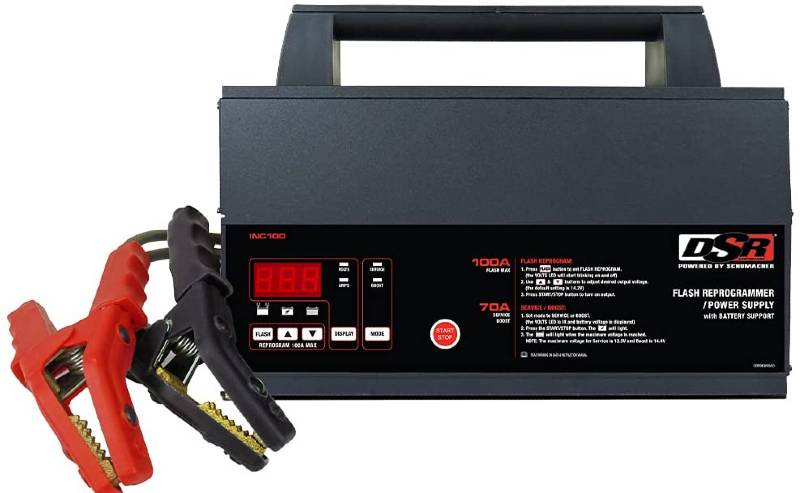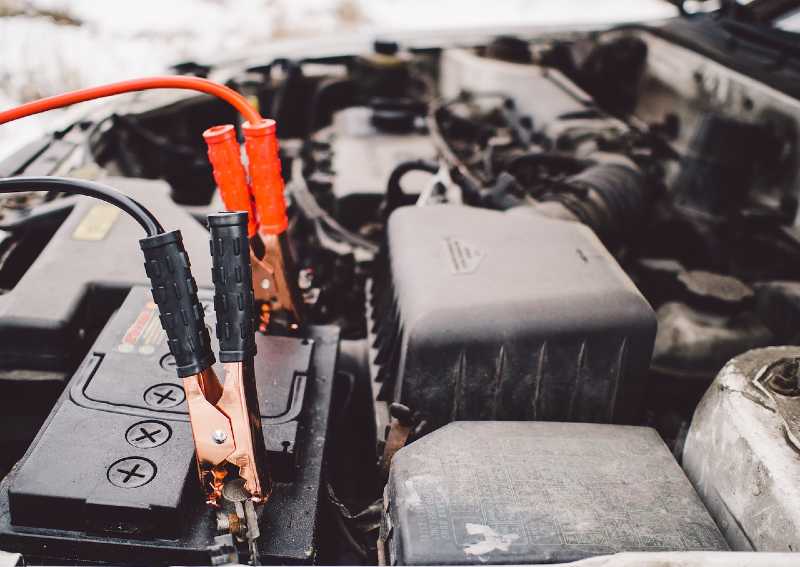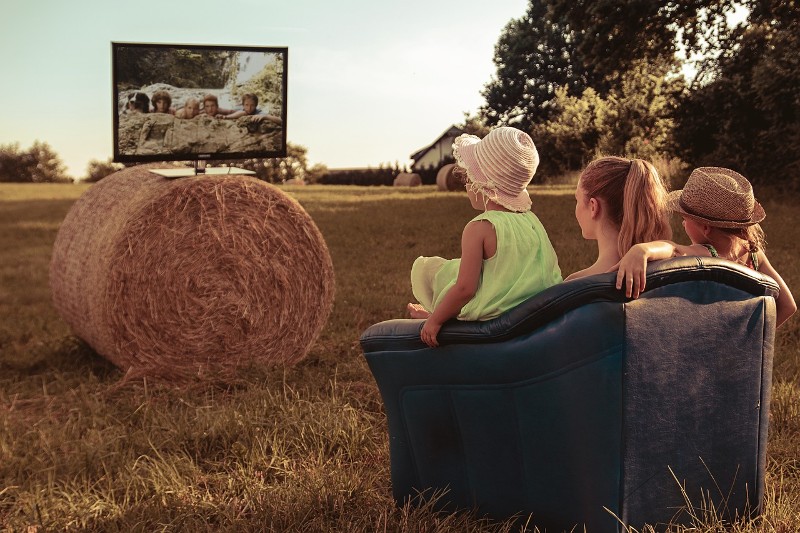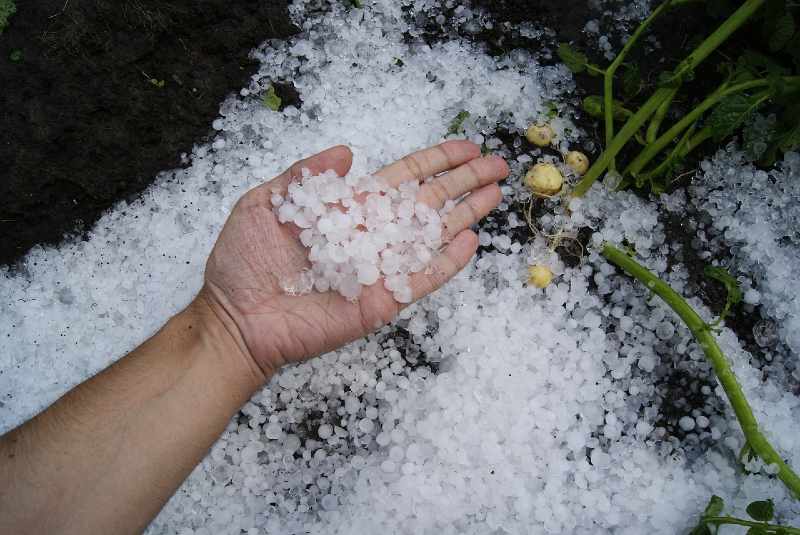While solar panels are a robust and eco-friendly energy solution, they are not impervious to nature’s fury.
Hailstorms, in particular, can pose a significant threat to the delicate glass and sensitive cells of these energy harvesters.
This is why I’ve made it my mission to share effective methods to protect your solar installations.
So, in this guide, I’ll walk you through a series of proven strategies that will help you shield your panels from the damaging effects of hail.
Key Takeaways
- High-quality solar panels can handle hailstones up to golf ball size. However, larger or more frequent hailstones can still pose a risk of damage.
- Common hail damage includes cracks in the glass, which are typically easy to repair; more serious and costly are damages to the solar cells themselves.
- To prevent hail damage, use panels with certifications like UL 61730 and IP68, install protective covers, and use automatic angle adjustment systems.
- Regular panel inspections are crucial for early damage detection, and staying updated with weather forecasts allows for proactive measures before storms.
- Ensure your homeowner’s insurance covers hail damage to solar panels to safeguard against potentially significant repair or replacement costs.
Are Solar Panels Susceptible to Hail Damage?
Thanks to their robust design, solar panels are not susceptible to hail damage.
Most high-quality panels can easily handle hailstones as large as golf balls—about one inch in diameter—without taking a hit.
However, in the face of a fierce hailstorm with larger or more frequent hailstones, even the sturdiest solar panels might face some challenges.
The damage that occurs in such extreme conditions usually depends on the size and frequency of the hailstones.
Commonly, you might see cracks in the glass surface of the panels.
While this might sound worrisome, it’s not usually a major issue.
Cracked glass can be fixed quite easily, and the panels often continue to function effectively.
The more pressing concern arises when the solar cells themselves are damaged.
This type of damage cuts deeper, affecting the panel’s ability to generate electricity.
But fixing or replacing damaged solar cells is a more serious affair—it’s costlier and more complex than a simple glass repair.
How Can You Prevent Hail Damage to Solar Panels?
1. Get Panels Rated UL 61730, UIC 61730, or IP68
The first thing to do when protecting your solar panels from hail is to pick the ones with the right certifications.
These certifications show that the panels are tough enough to handle pretty much anything thrown at them.
While most solar panels these days are strong, those with a UL 61730 rating are the real champs.
They’ve been rigorously tested to withstand hailstones that are one to three inches in diameter, zooming at speeds of up to 88.3 miles per hour.
It’s also important to check that your panels have an IP68 rating.
This confirms the panels are waterproof and dustproof, which is vital for keeping them safe if they ever get cracked by hail.
With an IP68 rating, no water or dust can sneak through the cracks, keeping the important parts inside safe and sound.
This is especially important in places like Texas, Oklahoma, and Nebraska, where big hailstorms aren’t just a tale—they’re a regular visitor.
2. Install a Solar Panel Protection Cover
The second strategy for protecting your solar panels from hail involves installing a protection cover.
When you know a hailstorm is coming, a cover can save your panels from damage.
Hard shell covers offer the best shield against the impacts of hailstones.
These hard cases envelop the panels completely, absorbing the full brunt of the weather, meaning the solar panel stays untouched beneath.
However, there’s a catch with hard covers: they block all light.
While the panels are covered, they can’t collect solar energy.
It’s key to remember to remove the cover once the storm passes.
If you forget, your panels won’t be able to do their job—turning sunlight into electricity—so you’ll lose out on the very benefit the panels are there to provide.
On the other hand, soft covers might offer a bit less protection, but they’re easier to manage and still reduce the impact of hailstones.
They help by softening the blow and muffling the sound of hail hitting the glass.
For most hailstorms, a soft cover is sufficient to protect your investment and keep your solar panels safe.
3. Add a Layer of Methacrylate to Your Panels
Methacrylate is a spray-on material that creates a protective layer over your panels.
Unlike hardcovers, methacrylate has a significant advantage: it allows your solar panels to continue capturing and converting sunlight even after it’s applied.
However, applying methacrylate requires some precision.
It’s key to use just the right amount to ensure it provides sufficient protection without affecting the panel’s ability to function properly.
Also, be careful not to spray any of the methacrylate on the metal parts of the panels, as this can cause damage and reduce their electrical efficiency.
Given its affordability, methacrylate is one of the best protectants for your solar panels.
But remember, using too much can interfere with their ability to collect and store solar energy.
So, it’s a good idea to practice on a small section of your panel first, following the directions meticulously to strike the right balance between protection and performance.
4. Build a Wire Gauge to Protect Your Panels
If you don’t want to go with either solar protection covers or adding a layer of methacrylate, building a wire gauge can be a great option.
This method surrounds your panels with a sturdy wire mesh that acts as a protective shield, blocking hailstones while still letting sunlight through.
This ensures that your panels stay productive and protected.
It’s important to get the mesh size just right—big enough to allow sunlight in but small enough to keep harmful hail out.
This balance is crucial for maintaining both the protection of your panels and their efficiency in generating power.
But remember that the key to its success is ensuring that the mesh is securely fastened.
If it’s not tight enough, strong winds could loosen it, leaving your panels vulnerable.
The gauge also needs to be robust enough to withstand hail impacts yet flexible enough to be shaped and attached securely to your panels.
5. Install an Automatic Solar Panel Angle System
When your panels are first installed, an expert sets them at just the right angle to soak up as much sun as possible.
But, this perfect sun-catching angle might also make them more likely to get hit hard by hail during storms.
That’s where an automated solar panel angle adjuster comes into play.
It lets you tilt your panels to dodge the worst of the hail, protecting them from damage.
When you hear that hail might be on the way, you can quickly adjust the panels to a safer angle.
This small move can make a big difference, keeping your panels safe from being battered by hail.
Remember, though, that with great power comes great responsibility!
After the storm, you’ll need to swing your panels back to their sun-loving angle to keep your energy efficiency high.
If you forget, your panels won’t capture as much sunlight, and that could mean less power.
And if you have portable solar panels, you’ve got an even easier fix.
Just pack them up and bring them inside when hail is predicted.
6. Follow the Weather Forecast Predictions
By staying updated on weather predictions, you can often predict if a storm might weaken or shift direction before it even reaches your doorstep.
This kind of foresight will allow you to take action early.
Say you got a heads-up that a hailstorm is on its way—you can take preventive measures like covering your solar panels or adjusting their angles to minimize damage.
This way, you’re not just waiting out the weather; you’re prepared for it, ready to face whatever comes with confidence.
7. Regularly Inspect Your Solar Panels
As I said before, solar panels are super sturdy.
However, they’re not indestructible.
They face wear and tear from constant exposure to the weather—things like wind and hail can take a toll.
That’s why it’s key to check on them regularly to keep them working well.
When you’re inspecting your panels, start with the glass.
If you spot any cracks or damage, it might be time to replace the glass to avoid further problems.
Then, take a good look at the panel frames.
Keep an eye out for any dents, bends, cracks in the metal, or rust.
These issues can make the panels less stable and efficient.
Don’t overlook the racking system either; even small damages can mess with the whole setup’s stability.
Because of these risks, it’s a smart move to have a pro check out your solar system every few years.
They can spot and fix any issues early on.
It’s also important to keep an eye on how your panels are performing.
Check the voltage output on the meter and see if it matches up with what’s expected.
If you have a monitoring app, use it to check if the system’s power output is lower than normal, which could mean there’s damage from hail.
8. Check Your Homeowner’s Insurance Policy
Solar panels usually come with a manufacturer’s warranty.
This warranty typically covers any original defects in the panels.
However, it’s important to note that this doesn’t extend to damage from events like hailstorms.
That’s where your homeowner’s insurance comes into play.
It usually covers such damage.
To be sure, take a close look at your insurance policy.
It’s essential to fully understand the conditions and steps needed to make a claim.
Paying attention to the details can prevent any issues with coverage due to technicalities.
If your solar panels ever suffer damage from a storm, filing a claim with your homeowner’s insurance is often the best approach.
This ensures that you can get the necessary repairs or replacements covered, keeping your solar panels in top shape.
FAQs
How Can You Protect Solar Panels From Hail?
You can protect solar panels from hail by using certified panels like those with UL 61730 ratings, installing protective covers, and applying methacrylate coating.
Is There a Way to Protect Solar Panels?
There is a way to protect solar panels; options include using hard or soft protective covers, installing wire gauges, and applying protective sprays like methacrylate.
What Is the Best Protection Cover for Solar Panels?
The best protection cover for solar panels is a hard shell cover for maximum protection during hailstorms, though it should be removed after the storm to allow light in.
How Can We Protect Solar Panels From Rain?
Protect solar panels from rain by ensuring they have an IP68 rating, which confirms they are waterproof, and by regularly maintaining and inspecting their structural integrity.
Conclusion
As promised, we’ve covered several essential strategies to protect your solar panels from the unpredictable assault of hail.
But here’s a pro tip: always stay connected with a local meteorologist or a reliable weather alert app.
This way, you can get real-time updates and prepare your solar panel defenses well in advance of an impending storm.
By being one step ahead of the weather, you can ensure your panels remain safe and operational, no matter what the skies throw down.







Hi. I’m ehsan from Pakistan. I installed solar system at my home. I want to protect solar panels form rain, Hain & stones. Kindly send me some details